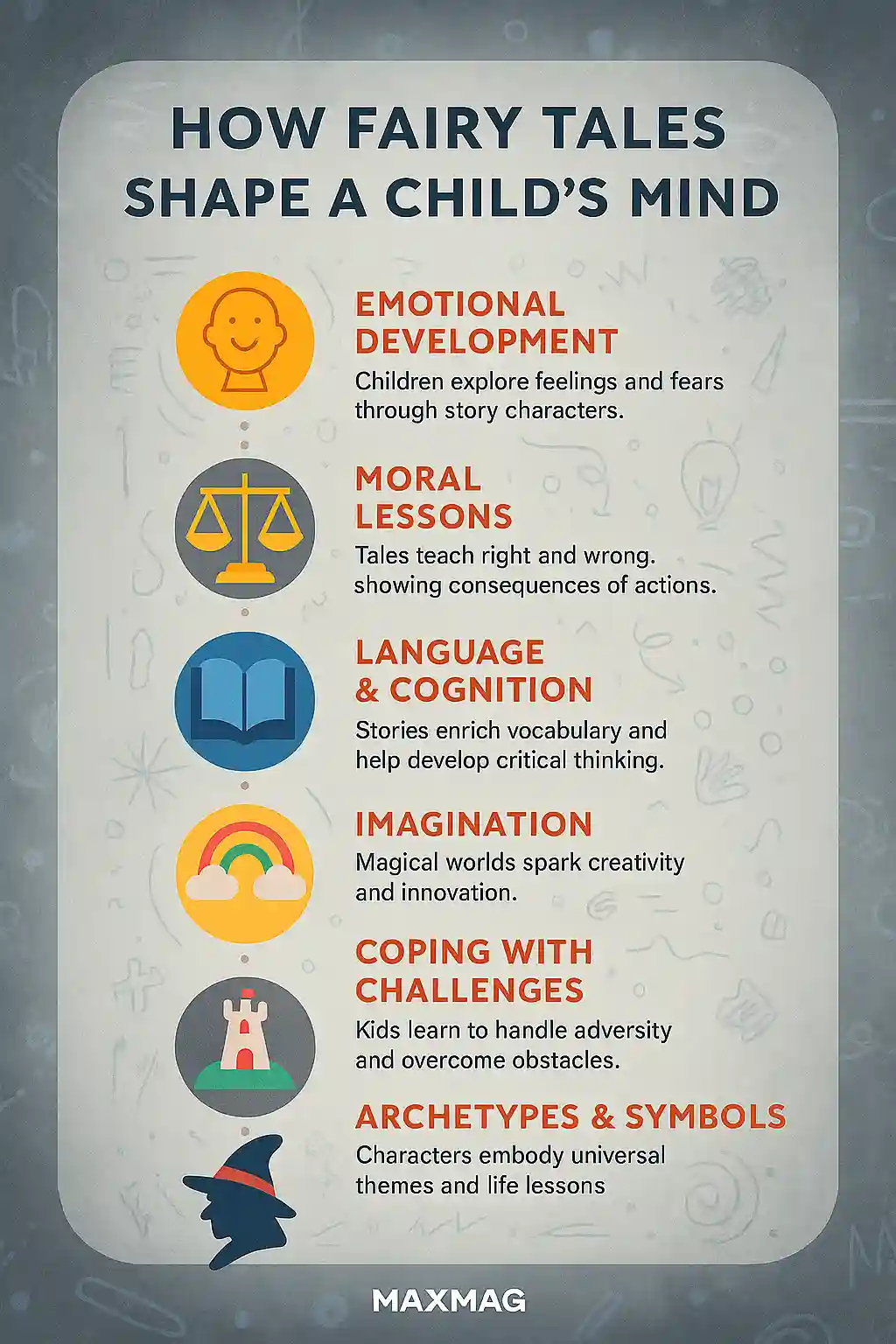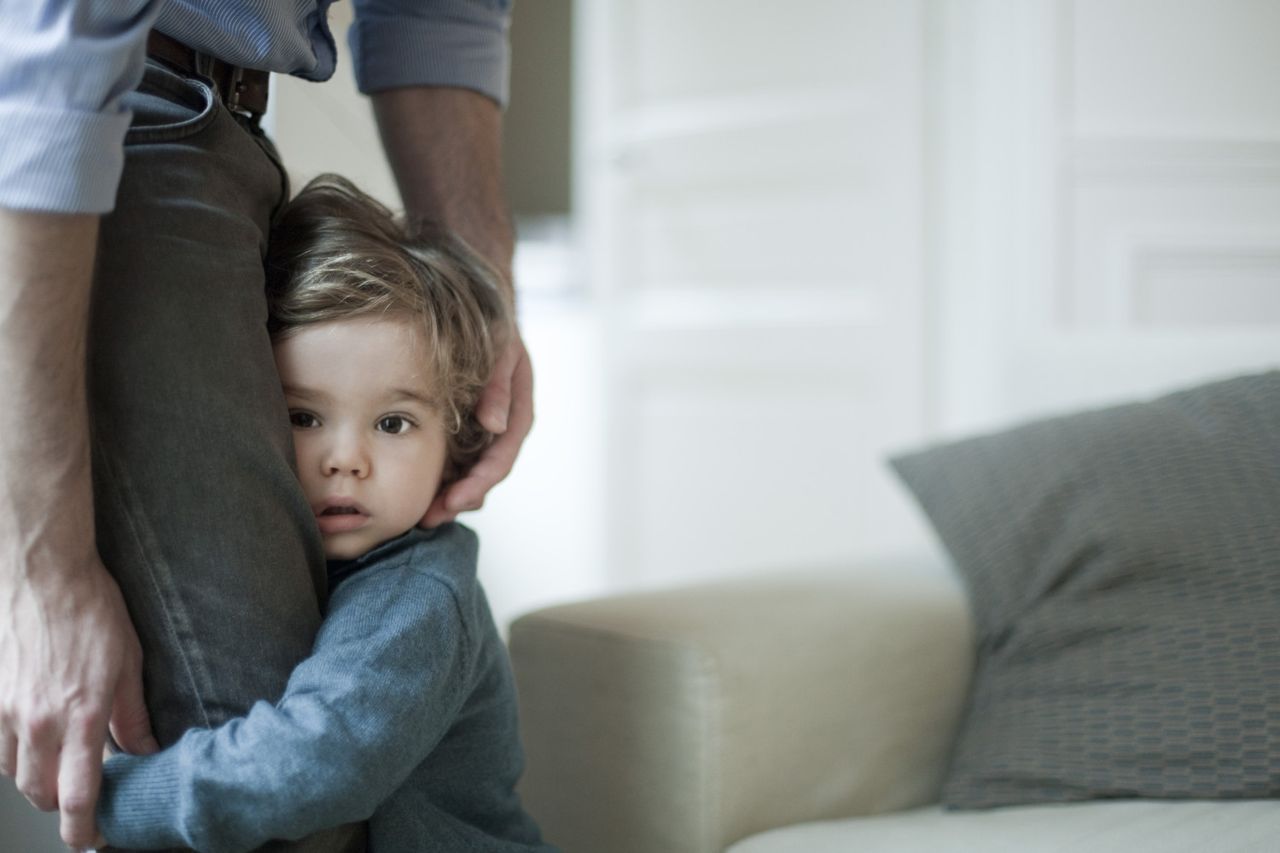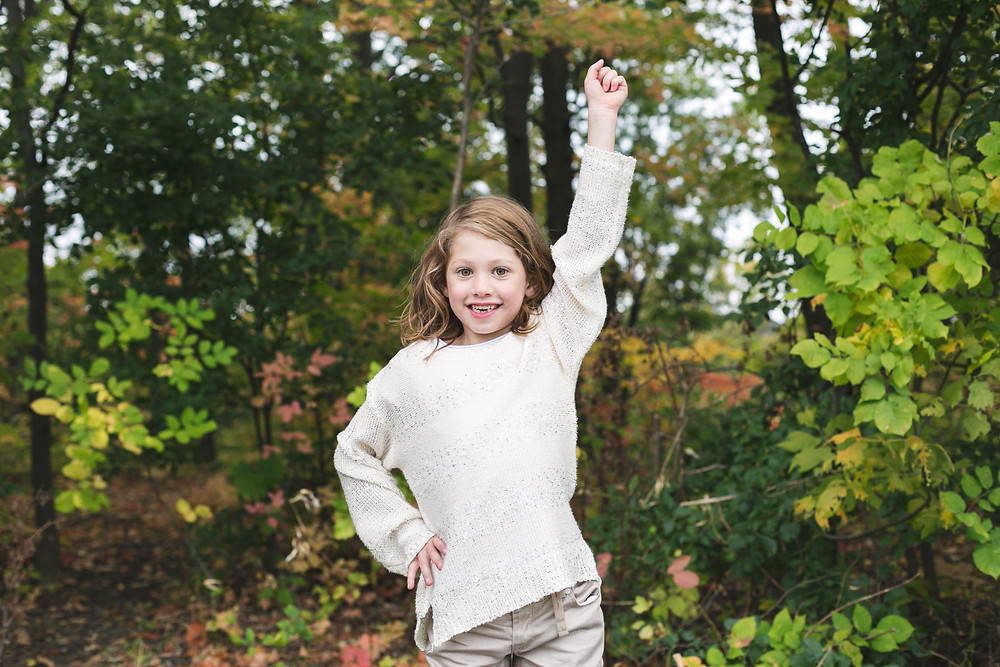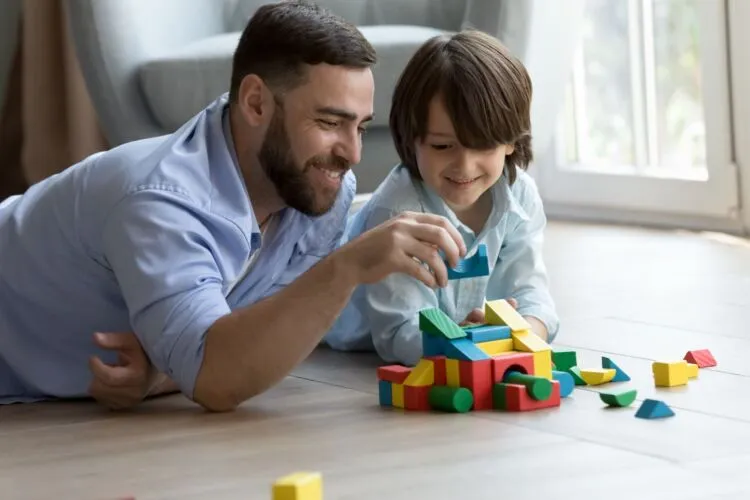
Fairy tales have long enchanted generations of children. Their vivid imagery, moral lessons, and magical settings do more than entertain — they actively shape the developing mind. From emotional development to moral reasoning, the intersection of fairy tales and child psychology reveals just how powerful these stories are. In a world saturated with digital distractions, fairy tales still hold a unique place in childhood, nurturing the imagination while helping kids navigate complex feelings and situations.
The Role of Fairy Tales in Emotional Development
Fairy tales serve as an emotional mirror for children. Characters often face fear, loss, or loneliness — emotions that children, too, must learn to process. Through metaphor and fantasy, these tales offer safe spaces to explore feelings. For example, when a child hears the story of “Hansel and Gretel,” they not only engage with themes of abandonment and survival but begin to process their own fears of separation.
According to the American Psychological Association, storytelling aids emotional literacy. Studies show that narratives help children recognize, label, and talk about emotions. Fairy tales, with their repetitive patterns and moral clarity, make this easier by embedding emotional cues into the structure of the story.
Building a Moral Compass
Children often ask, “Is this right or wrong?” Fairy tales provide a framework to answer that question. From the wicked stepmother to the valiant hero, they reinforce values like honesty, kindness, courage, and justice. These stories don’t shy away from presenting consequences — bad behavior is punished, good behavior is rewarded. This black-and-white moral coding is particularly helpful for young children who have not yet developed nuanced ethical reasoning.
Psychologist Bruno Bettelheim argued in his classic book The Uses of Enchantment that fairy tales help children deal with internal conflicts. The battle between good and evil in these stories reflects the child’s inner world — a tug-of-war between their better nature and selfish desires. In this way, fairy tales and child psychology are tightly woven together: the stories externalize internal struggles, making them understandable.
Encouraging Cognitive and Language Development
Fairy tales also stimulate cognitive development. They challenge children to predict outcomes, follow narrative logic, and sequence events. The classic structure — beginning, middle, end — helps build memory and comprehension. Meanwhile, exposure to rich vocabulary and symbolic language nurtures linguistic skills.
Research from Harvard University’s Center on the Developing Child emphasizes the importance of storytelling in early childhood learning. Fairy tales, often read aloud, provide early exposure to rhythm, phrasing, and tone — all essential aspects of language acquisition.
Nurturing the Imagination
Perhaps the most celebrated aspect of fairy tales is their role in developing imagination. When a child hears of a girl who befriends a dragon or a frog who turns into a prince, their mind leaps into creative realms. This imaginative thinking is not just playful — it’s critical to problem-solving and abstract reasoning later in life.
In modern education, imagination is being recognized as an essential 21st-century skill. Fairy tales foster this early by inviting children to suspend reality and consider “what if” scenarios. These mental exercises are, in fact, mental rehearsals for innovation.
Coping with Real-World Challenges
Children live in a world full of uncertainties: illness, divorce, school pressure, and peer conflict. Fairy tales provide metaphorical blueprints for resilience. Take Cinderella — her story is not just about finding a prince; it’s about enduring hardship with grace and eventually reclaiming one’s self-worth.
Through the symbolic nature of fairy tales, children learn that suffering is often followed by resolution. This gives them a sense of control and hope, reinforcing the idea that they, too, can navigate tough times and come out stronger.
Subconscious Learning and Archetypes
Carl Jung, a pioneer of analytical psychology, emphasized the importance of archetypes — universal characters and themes embedded in the collective unconscious. Fairy tales are full of these archetypes: the hero, the shadow, the trickster, the wise old man. Children intuitively respond to these patterns, even if they don’t consciously analyze them.
When kids are exposed to such recurring symbols and motifs, they begin forming mental templates for the world. This supports identity formation and moral development. Fairy tales and child psychology intersect deeply here, as tales reflect archetypal journeys that align with a child’s own growth.
The Importance of Fear in Stories
Contrary to the belief that stories should always be soft and gentle, fairy tales often include dark and frightening elements — witches, wolves, curses. But psychologists argue that such elements are not harmful; in fact, they are essential. Fear in fairy tales is manageable and contained. It introduces children to the concept of fear within a controlled environment, helping them build resilience.
In the modern era, children are often shielded from distressing topics. However, tales like “Little Red Riding Hood” or “The Three Little Pigs” subtly introduce the dangers of naivety, trust, and preparation. This prepares children for real-world dangers in a developmentally appropriate way.
Are Modern Fairy Tales Losing Depth?
Many fairy tales today are adapted into colorful animations or simplified books that strip away the story’s complexity. While visually engaging, these versions sometimes dilute the psychological richness of traditional tales. The Disney version of “The Little Mermaid,” for instance, omits the painful sacrifices in Andersen’s original.
This commercial softening may deprive children of valuable lessons about struggle, loss, or identity. Parents and educators should consider offering unabridged or traditional versions alongside modern adaptations to retain the depth of the original storytelling.
Parental Involvement and Reflection
Fairy tales also offer opportunities for dialogue between parents and children. When parents read to their children, they not only bond emotionally but also open up conversations about ethics, fear, and life’s big questions. Asking children how they feel about a story’s ending or why a character acted a certain way deepens comprehension and emotional connection.
Organizations like Child Mind Institute recommend using storytelling as a tool for initiating emotional conversations with children — especially when children struggle to express feelings directly.
Inbound Reflection: MaxMag’s Psychological Insights
This exploration of fairy tales and child psychology aligns closely with this related MaxMag feature on how childhood experiences shape emotional development. Both articles underscore that what a child hears, imagines, and emotionally absorbs has lasting psychological impact.
❓FAQ: Fairy Tales and Child Psychology
Why are fairy tales important for children?
Fairy tales help children explore emotions, learn morals, develop language, and foster creativity. They provide structure and meaning in a confusing world.
Can scary fairy tales be harmful?
No. When presented age-appropriately, they help children confront fear safely and build emotional resilience.
How do fairy tales support moral development?
They present clear consequences for good and bad behavior, helping children distinguish right from wrong during their formative years.
Are traditional fairy tales better than modern ones?
Traditional tales often offer deeper psychological themes. However, both versions can be valuable if discussed thoughtfully with children.
How often should parents read fairy tales to kids?
Regularly. Even short daily sessions promote bonding, emotional growth, and cognitive development.





